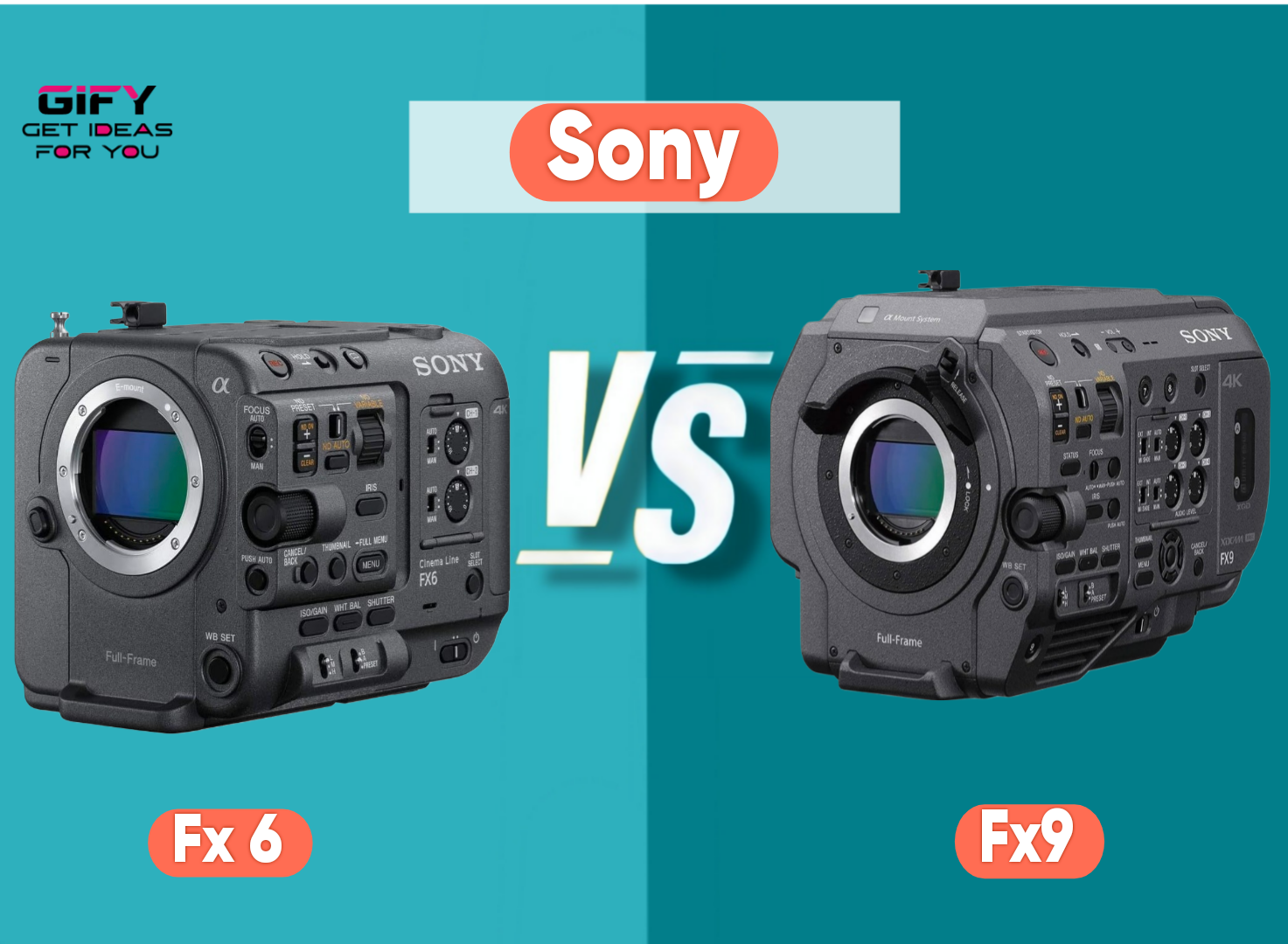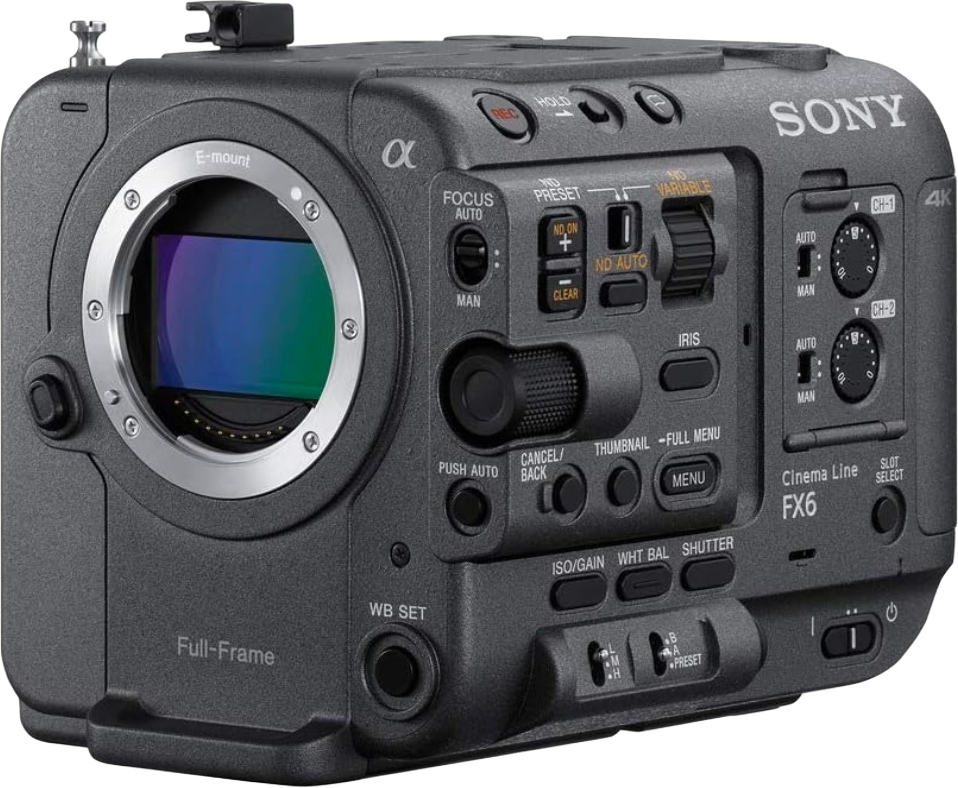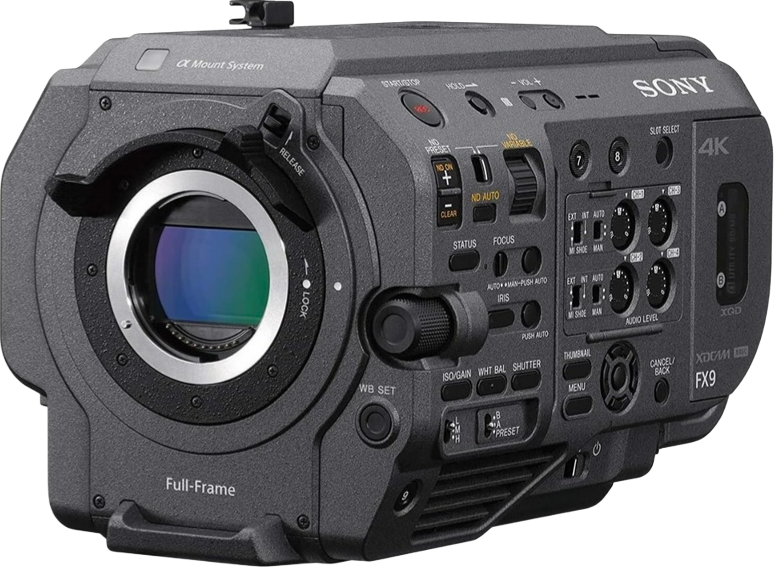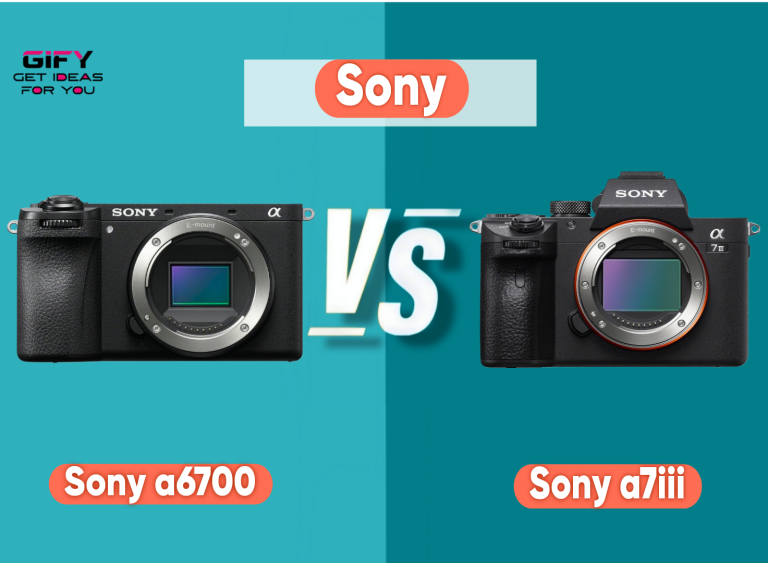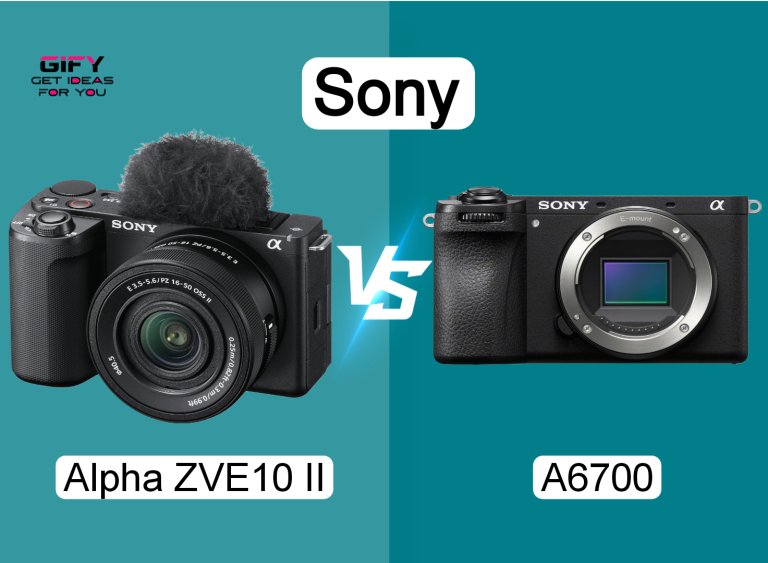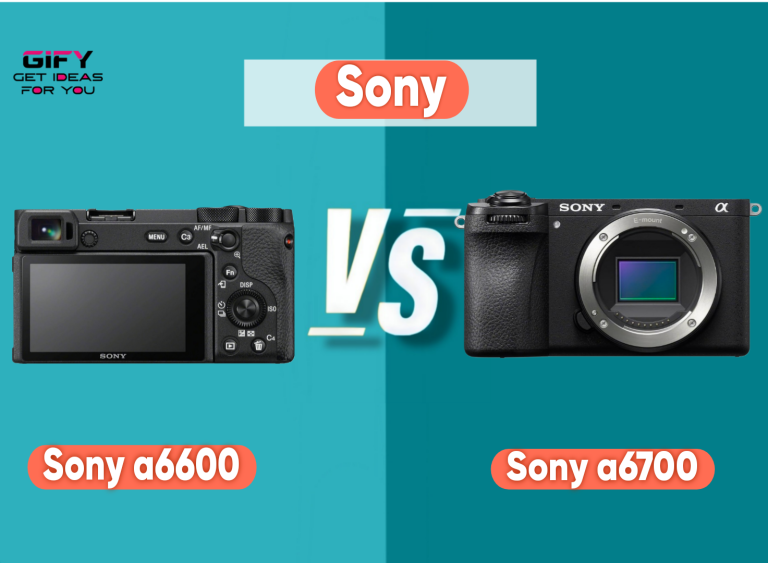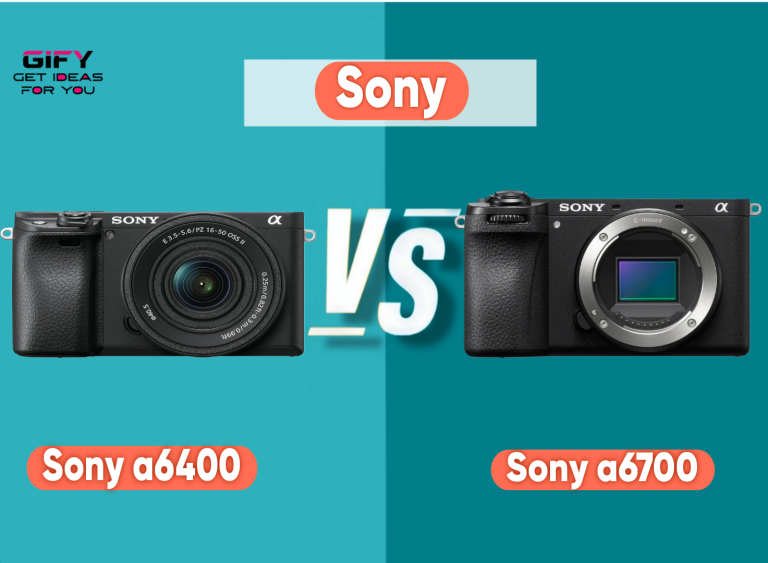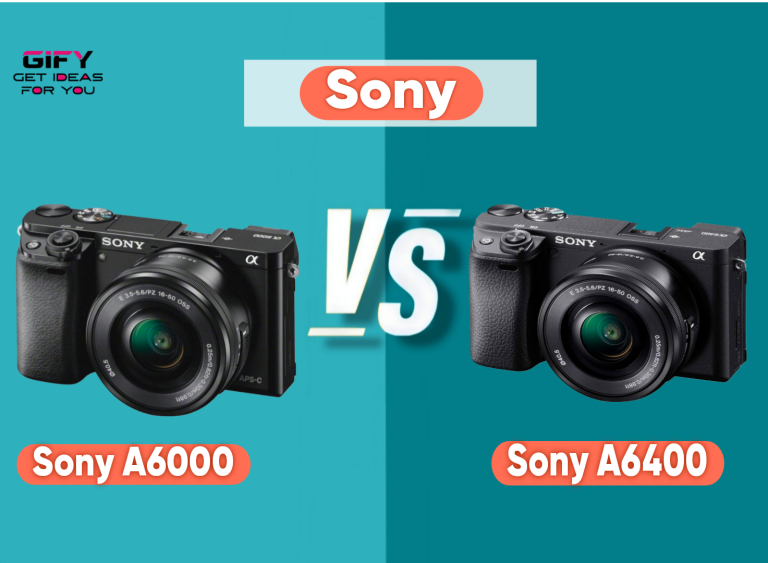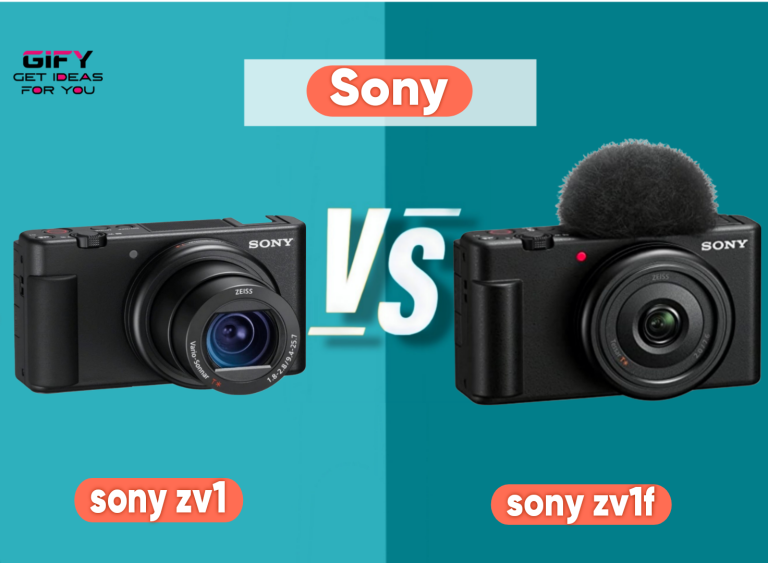Sony fx6 vs fx9 — this comparison dives deep into two of Sony’s most talked-about cinema cameras. Both are built for professionals, yet each model serves slightly different filmmaking needs. Understanding their differences can help you choose the perfect tool for your creative journey. This detailed review covers everything from sensor performance to workflow compatibility, ensuring you make the right investment.
The Sony FX6 and FX9 have gained massive attention in the cinematography world. They share many advanced features, but their core strengths vary. One focuses on portability and speed, while the other delivers uncompromising image quality for high-end production. Both cameras push boundaries in low-light shooting, dynamic range, and autofocus technology.
Choosing between these two powerhouses can be challenging because both deliver incredible results. However, your decision depends on shooting style, production scale, and budget. The FX6 offers a compact setup with impressive sensitivity, while the FX9 aims to replicate a cinematic look that rivals full production cameras. This article breaks down their unique characteristics to simplify your decision-making process.
Whether you shoot documentaries, commercials, or feature films, this comparison will help you identify which camera fits your creative needs best. Let’s explore the specifications, strengths, and differences that set these two apart.
Sony FX6 – The Lightweight Powerhouse
The Sony FX6 brings professional-grade performance into a compact and travel-friendly body. It’s designed for filmmakers who value mobility without compromising on cinematic image quality. With its 10.2MP full-frame back-illuminated Exmor R CMOS sensor, the FX6 captures outstanding detail and dynamic range even in challenging light conditions.
Detailed Overview
The FX6 is built around a 10.2MP 4K Exmor R CMOS sensor that delivers incredible sensitivity. Its ISO performance reaches up to 409,600, making it one of the best options for low-light cinematography. The 15+ stops of dynamic range offer rich contrast and natural color reproduction, crucial for cinematic storytelling.
It features Sony’s advanced Fast Hybrid AF system with 627 phase-detection points and reliable Eye-AF tracking. This ensures precise focus even in unpredictable scenes, making it ideal for solo shooters and documentary filmmakers. Additionally, the FX6 can shoot 4K up to 120p and Full HD up to 240p, providing smooth slow-motion footage.
Another highlight is the electronically controlled optical variable ND filter ranging from 1/4 to 1/128. This feature allows seamless exposure control without changing aperture or shutter speed — a real time-saver during live shoots. Its compact body design allows easy handheld or gimbal setups, ensuring freedom of movement in dynamic environments.
What Is Good
The FX6 stands out for its compact size and exceptional low-light performance. The high ISO range and back-illuminated sensor make it perfect for shooting in dimly lit conditions. The autofocus system is remarkably fast and reliable, while the variable ND filter enhances versatility across various lighting situations.
Its lightweight design helps creators travel light without sacrificing professional image quality. For content creators, event videographers, and indie filmmakers, it’s an all-around performer that adapts to different shooting scenarios effortlessly.
What Is Bad
While powerful, the FX6 lacks certain advanced color science and recording features available in the FX9. Its smaller body also limits physical controls and customization compared to larger cinema cameras. Internal RAW recording isn’t supported without an external recorder, which might be inconvenient for professionals who prefer a self-contained setup.
Overall Verdict
The Sony FX6 is a dream camera for run-and-gun shooters and documentary filmmakers. Its impressive sensitivity, fast autofocus, and lightweight form factor make it an ideal choice for mobility-focused productions. It may not deliver the same color depth and advanced broadcast tools as the FX9, but its balance of power and portability is unmatched in its class.
Sony FX9 – The Cinematic Flagship
The Sony FX9 stands as a full-fledged cinema camera crafted for professional studios and high-end filmmakers. It’s built around a 6K full-frame Exmor R sensor, delivering exceptional resolution and dynamic range that’s perfect for cinematic production.
Detailed Overview
The FX9 captures 4K video oversampled from a 6K sensor, ensuring sharper images and cleaner detail. It features a dual base ISO of 800 and 4000, offering superb flexibility for different lighting conditions. The dynamic range of 15+ stops ensures you can capture both shadow and highlight details seamlessly.
One of its standout innovations is the world’s first electronic variable ND filter for a full-frame sensor, offering continuous exposure control with zero color shift. Recording options include XAVC 4:2:2 10-bit files stored on XQD cards, providing professional-quality footage with wide color depth.
Its advanced color science brings natural skin tones and accurate reproduction of cinematic hues. The FX9 includes an LCD viewfinder and supports a wide range of professional accessories. The full-frame sensor enhances depth-of-field control, while advanced autofocus ensures smooth subject tracking even in fast-paced environments.
What Is Good
The FX9 excels in image quality and flexibility. The oversampled 6K sensor produces incredibly sharp 4K video with a natural cinematic look. Dual base ISO enhances versatility, allowing filmmakers to shoot in both bright daylight and dim interiors without noise issues. Its color science is superior, offering broadcast-level results straight out of the camera.
It’s also more robust for large productions, with professional I/O ports, Genlock, and timecode support. Combined with the world’s first electronic ND system for full-frame cameras, it gives users a highly efficient workflow from capture to post-production.
What Is Bad
Compared to the FX6, the FX9 is heavier and less portable. It’s not ideal for one-person operations or gimbal use due to its larger body. The cost is also significantly higher, which might deter smaller creators or budget filmmakers. While packed with professional features, it requires more setup time and accessories to reach full potential.
Overall Verdict
The Sony FX9 is built for professional cinematographers seeking maximum image quality, flexibility, and broadcast-ready performance. It delivers a cinematic aesthetic with deep color science and excellent control over exposure and focus. While it demands a higher investment and more setup effort, it rewards with outstanding image fidelity and production-level reliability.
Common Features
Both the Sony FX6 and FX9 share several advanced technologies that make them stand out in Sony’s Cinema Line. Below is a summary of their common features and how each contributes to professional filmmaking.
- Sensor: Both cameras use full-frame back-illuminated Exmor R sensors, delivering excellent detail, low noise, and wide dynamic range.
- Low-Light Performance: The FX6 and FX9 excel in low-light situations. Their high ISO ranges and dual base ISO systems ensure clean results even in challenging conditions.
- Weight and Portability: Both are designed for mobility, though the FX6 is more compact. Each supports handheld and rigged use depending on production scale.
- Max 4K Framerate: Each model supports 4K recording, with the FX6 offering up to 120p and the FX9 up to 60p, both ideal for creative slow-motion shots.
- Internal RAW: Both can output RAW with external recorders, allowing professional-grade post-production flexibility.
- Autofocus: Sony’s advanced Hybrid AF and Eye-AF systems are implemented in both cameras, providing accurate tracking and smooth focusing during dynamic scenes.
- Media: Both record using professional media cards, ensuring reliability and high-speed data management during long shoots.
- Lens Mount: They share the Sony E-mount system, compatible with a wide variety of lenses, from cinema primes to standard zooms.
- Audio: Professional-grade audio interfaces allow each camera to capture broadcast-quality sound without external recorders.
- Genlock: The FX9 includes full Genlock capabilities, while the FX6 supports timecode sync — both essential for multi-camera workflows.
- Workflow: Sony’s color profiles and S-Cinetone mode ensure consistent output across both cameras, making it easy to mix footage during editing.
Together, these features showcase Sony’s dedication to professional production standards. Whether you choose the FX6 for mobility or the FX9 for large-scale cinematography, both ensure reliability, color accuracy, and excellent performance under all lighting conditions.
Related Article 🎀
Point 1: You might also like our detailed comparison of Sony FX2 vs FX3 — an in-depth look at Sony’s mirrorless lineup designed for creators who value portability and professional results.
FAQs About Sony FX6 vs FX9
Which camera has better low-light performance?
The Sony FX6 performs better in low light due to its high sensitivity and ISO range up to 409,600. It captures clean and detailed images in dark conditions.
Is the Sony FX9 better for cinematic productions?
Yes, the FX9 is tailored for cinematic work, offering a 6K oversampled sensor, advanced color science, and dual base ISO for superior tonal range and flexibility.
Can both cameras shoot slow-motion videos?
Yes, both cameras can capture slow-motion footage. The FX6 reaches up to 120fps in 4K, while the FX9 handles 60fps, both delivering excellent motion quality.
Do both models support external RAW recording?
Yes, both support RAW output via external recorders, allowing professionals to capture uncompressed footage for advanced color grading and VFX work.
Which camera is more suitable for solo filmmakers?
The Sony FX6 is more compact and easier to handle, making it perfect for solo shooters, travel filmmakers, and run-and-gun videographers.
Conclusion
The sony fx6 vs fx9 comparison highlights two exceptional cinema cameras designed for different styles of filmmaking. The FX6 shines in versatility and mobility, while the FX9 dominates in cinematic quality and professional workflow features. Both deliver Sony’s signature color science, reliability, and precision autofocus performance.
If you prioritize portability, speed, and flexible shooting setups, the FX6 is the ideal companion. It offers outstanding low-light capability and user-friendly control, making it suitable for documentaries, events, and travel films.
For filmmakers who demand ultimate image quality, deeper color science, and complete professional connectivity, the FX9 stands out as the flagship choice. No matter which model you pick, both ensure that your storytelling looks cinematic, consistent, and future-ready.

